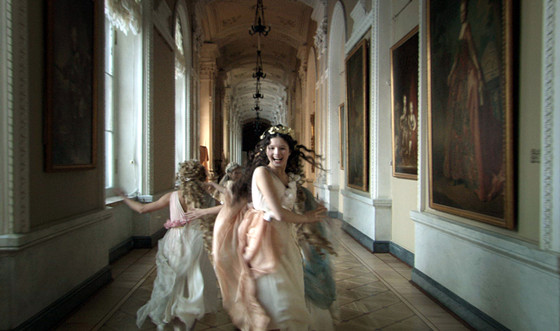
Emile Cioran used to say that “form” is the only thing that matters in artwork, because it is the way in which the art manifests itself to whoever is experiencing it.
The realistic efforts of the majority of film productions, the desire to contain the length of a shot (or of an entire film), to limit the possibilities of editing to a cause-effect nature or an associative nature that is still easily connected to the origin of the inspiration, the unquestionable authority of what is on screen as the truth of that specific film, is the explication of a political manifesto of cinema; the desire to establish a reality.
If this is true, and if it is true that form is all that matters, the way to free cinema from the imposition of what the market has established as the norm and the only viable way to make films, is to take the form and stretch it to its breaking point.
Thus, stretching the length of a film to impossible levels, damaging the clarity of the image (the reason why those grindhouse films felt so rebellious, because of the scratches), non-naturalistic cinematography that borders on psychedelia, intricacies of symbolism that make every frame a narration in itself and not a simple piece in the mechanism of one coherent narration, and the redefinition of the priorities of editing, are the only ways to make a film that has the quality of the great intellectual art forms, the challenging of an accepted notion of the world, cinema as philosophy.
Jean-Luc Godard said that cinema can do what other visual art forms cannot do, because he says that cinema is not a technique, but a mystery. Invention is deeply connected to cinema; it is an art about what is at the limits of the visible, through juxtaposed, superimposed, and interconnected images, and dissolves to black. The nature of cinema is to reach the limits of what can be seen.
1. The Strange Color of Your Body’s Tears (Hélène Cattet and Bruno Forzani, 2013)
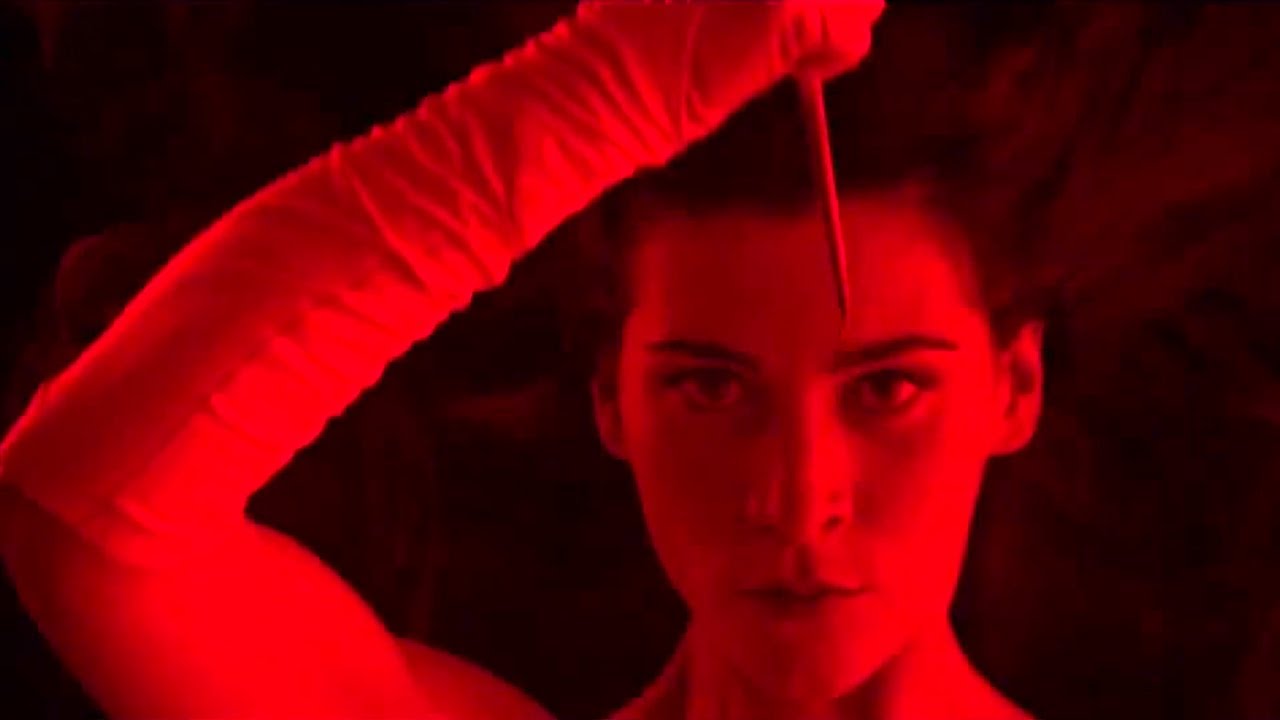
The Belgian directors conjured this futuristic space age Lynchian giallo as the ultimate artificiality in horror. The filmmakers achieve the goal of creating a film that is both a collage of imagery that breaks apart the structural fluidity of cinema into an abstract postmodern giallo that echoes Mario Bava and Dario Argento, and a continuous flux of images that have hallucinatory qualities.
The pandemonium of quotations does not just bother from giallo; the film also has a proper surrealist edge, and moments comparable to “Fire Walk with Me”, while the Art Nouveau interiors seem lifted from an Argento film set.
All of this could make the film seem like a vacuous exercise in cinematic referencing (which does not sound so bad after all), but the truth is that the intertwining references create a kaleidoscope of the entire history of the cinematic horror genre, from expressionism, to Clive Barker’s “Hellraiser”, from psychosexual to skin-phobic tendencies.
With a little bit of Takashi Miike and a touch of Kubrick, it is a statement about horror cinema today, forced to look at its past and re-elaborate it in a truly postmodern fashion. The cinematography, the greens, the blues, the reds, the blacks, the scenography, and the schizoid editing complete the technical tour de force.
2. The Color of Pomegranates (Sergei Parajanov, 1969)
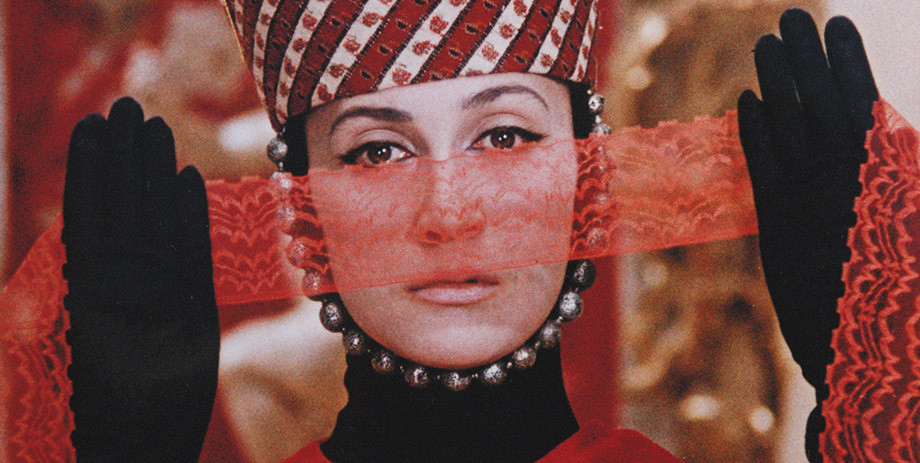
This film was considered, by some, to have the most innovative use of cinematic language since D.W. Griffith and Eisenstein. Sergei Parajanov boldly challenged the censure of the Soviet system fixated on social realism to depict the life of an ashik, a poet singer of the Armenian artistic tradition, and tried to invent a new definition of poetic cinema, a cinema that transforms itself into poetry to emulate literary poetry.
Every shot in the film is a word in a poem, every carefully composed tableaux is the apex of constructed image, the cinematic equivalent of the writing style of Horatius, which was based on perfecting every small minutia of every single word to elevate the entire poem.
Of course, the film was against the social realism imposed by the Soviet cinematic industry, but now is considered a masterpiece and was a key film for the development of the style of filmmakers like Peter Greenaway. “The Color of Pomegranates” is the extreme tension of cinema towards all the arts from which it takes elements; whether it be theatre, poetry, painting, opera, it is ornamental to extreme levels, but in this tapestry of light, it finds the sublime.
3. Decasia (Bill Morrison, 2002)
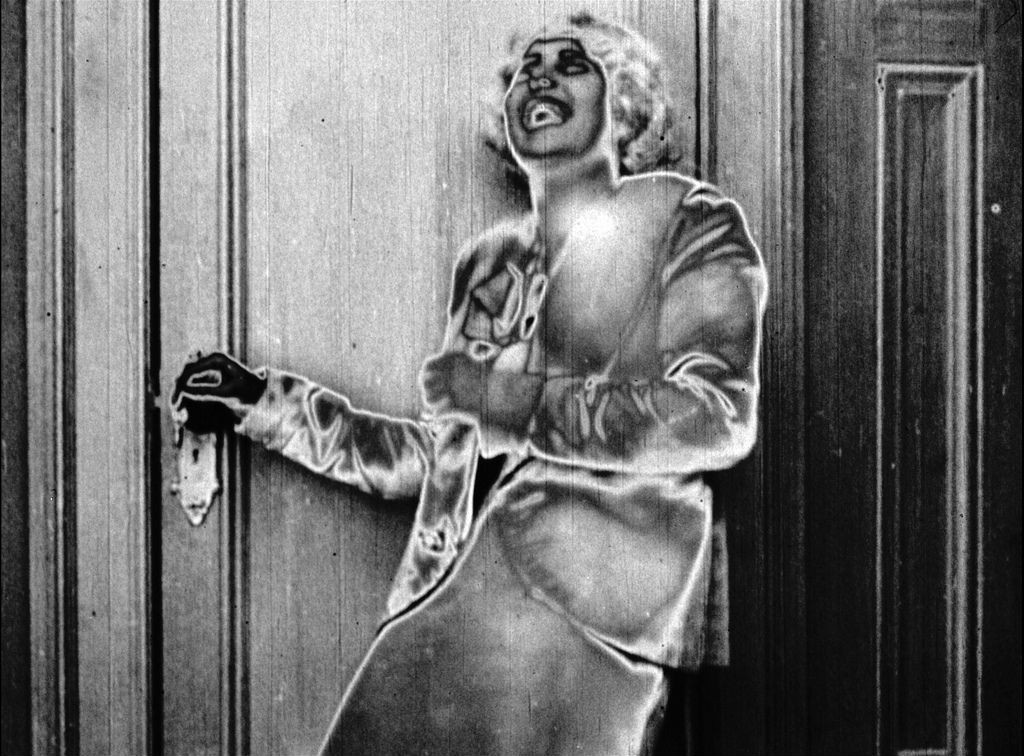
The 20th and 21st centuries brought artistic expression from the idea of wholeness to the idea of the fragment. Since it felt impossible to depict the world in what it was completely, it began important to depict the notions of impossibility, miscommunication, void, disintegration, decay, loss of memory, and shadow.
“Decasia” is a Sufi meditation on decay, and it has a structure that’s much like “The Disintegration Loops” by Basinski; it is a piece that mixes found footage and modifications of the original cinematic material to achieve the sentiment of nostalgia for what is lost.
Although the idea is not completely new, no one before Morrison had taken these surrealist, postmodern, structuralist cinematic themes and infused them with a sense of sacred devotion to medium, so that it becomes a meditational piece of cinema and time itself.
As a testament to the greatness of the film, the National Film Registry selected the film for preservation, the first film from the 21st century to be chosen for preservation. It becomes a cinema of pure movement and pure luminous feelings, a cinema of pulsation and physical vibration.
4. Philosophy of a Knife (Andrey Iskanov, 2008)
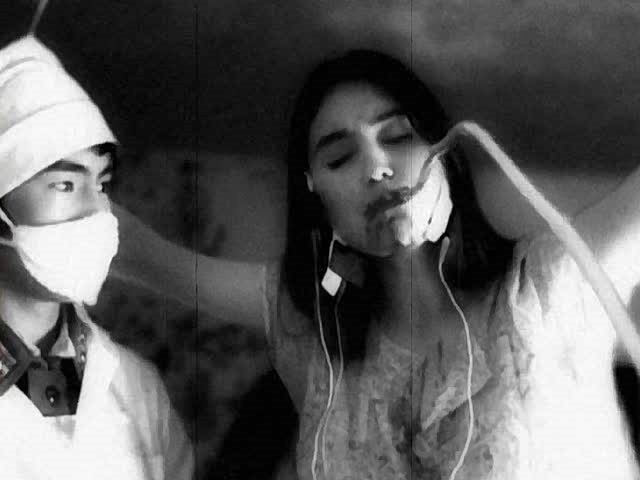
This is a film that tried to take it too far, a docu-torture porn about human experiments that lasts four hours and tortures the spectators along with the characters.
“Philosophy of a Knife” is the non plus ultra of underground horror, a depiction of biological and chemical experiments conducted by Japanese Unit 731 to war prisoners, and it’s a seemingly endless series of tortures, fetuses getting ripped from their mother’s wombs, physical amputations of any kind, insects that get forced into the bodies of prisoners, and an array of absurdities that are interrupted only by interviews that help clarify the factual aspects of what happened in these experiments.
It is very difficult to not be disturbed, disgusted, and probably bored, and there is something about the black-and-white cinematography and the rudimental special effects that make the film feel like that tape from the first season of “True Detective” that “nobody should have.”
This film is one of the highest examples of extreme cinema and its obsession with the corporal and the scatological, always to disturbing and confounding effects. The first 45 minutes are not so tough, but that’s the point of no return. It is the sickest grindcore film.
5. Jeanne Dielman, 23 Quai du Commerce, 1080 Bruxelles (Chantal Akerman, 1975)
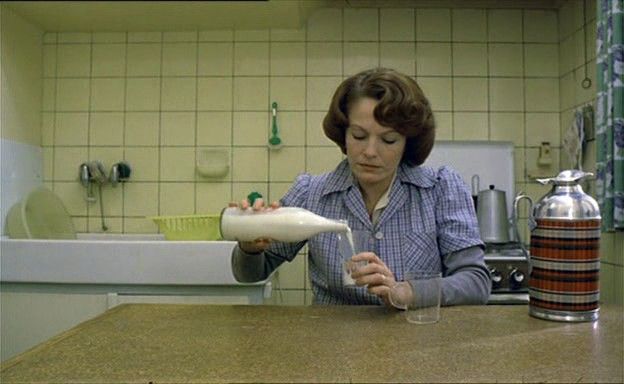
Chantal Akerman is one of the filmmakers who managed to shoot a film like it was a universe. Somebody could easily find this film to be the most cinematic film ever made, which takes to the ultimate result the idea of sculpting in time that Tarkovsky theorized. In the film, time and space almost become brothers, in a perfect microcosm that has in itself its tragic beauty and its inevitable doom, its quietness and its entropic hysteria.
Akerman achieves one of the most aural, spare, and zen cinematic gazes of all time; everything is pure action, the structure disappears, and only the moment remains, a moment that is eternal in itself and eternally returning and unescapable.
The sparseness of the film, the balance between the challenging harshness of experimental cinema and the tenderness of personal filmmaking, along with a great deal of political value, has led many people to consider the film as one of the greatest of all time. It is at once a structuralist film, one of the first examples of slow cinema and an exploration of domestic and urban paranoia and alienation.